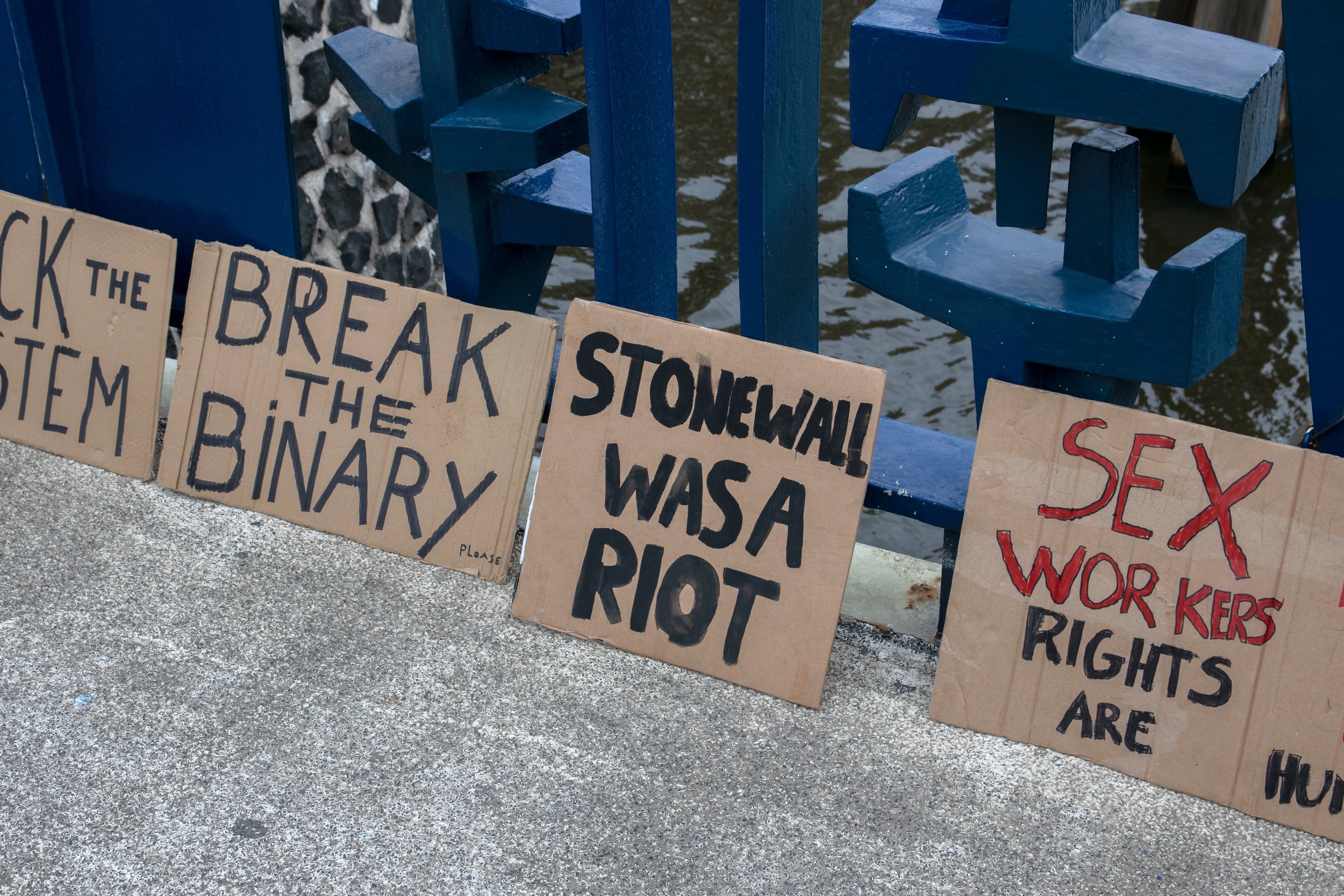
Pride History
By honoring our past, we honor those who fought for our rights and reaffirm our commitment to creating a more inclusive and equitable future for generations to come.
June 28, 1969: The Stonewall Riots: A police raid on the Stonewall Inn, a gay bar in New York City, sparks a series of protests and riots by LGBTQ+ patrons, leading to the birth of the modern LGBTQ+ rights movement.
June 28, 1970: Christopher Street Liberation Day: Commemorating the first anniversary of the Stonewall Riots, LGBTQ+ activists organize marches in New York City and other cities, marking the first Pride parades.
June 28, 1978: Rainbow Flag Debuts: Designed by artist Gilbert Baker, the Rainbow Flag makes its debut at the San Francisco Gay Freedom Day Parade, becoming an iconic symbol of LGBTQ+ pride and solidarity.
October 11, 1987: National March on Washington for Lesbian and Gay Rights: Hundreds of thousands of LGBTQ+ individuals and allies gather in Washington, D.C., to demand equal rights and recognition, marking one of the largest LGBTQ+ rights demonstrations in history.
June 26, 2015: Marriage Equality: The U.S. Supreme Court legalizes same-sex marriage nationwide in the landmark case Obergefell v. Hodges, a significant milestone in the fight for LGBTQ+ rights celebrated during Pride events.
June 15, 2020: Bostock v. Clayton County: The U.S. Supreme Court rules that Title VII of the Civil Rights Act of 1964 protects LGBTQ+ employees from workplace discrimination based on sexual orientation and gender identity, affirming LGBTQ+ rights and adding to the legacy of Pride activism.
